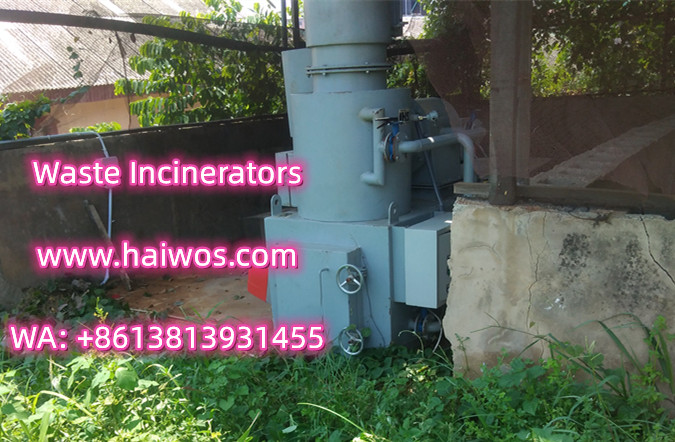The future of recycling is looking brighter than ever with the emergence of innovative technologies such as plasma pyrolysis. This revolutionary process has the potential to transform the way we manage waste and drastically reduce the environmental impact of traditional recycling methods.
Plasma pyrolysis is a cutting-edge waste treatment technology that uses high temperatures and an ionized gas, known as plasma, to break down organic materials into their basic molecular components. This process effectively converts waste into valuable resources such as syngas, which can be used to generate electricity or produce biofuels, and a solid residue that can be used as a building material or in industrial processes.
One of the key benefits of plasma pyrolysis is its ability to handle a wide range of waste materials, including plastics, rubber, and organic waste, which are often difficult to recycle using traditional methods. This means that the technology has the potential to divert a significant amount of waste from landfills and reduce the need for incineration, both of which have detrimental effects on the environment.
Furthermore, plasma pyrolysis has the potential to address the growing issue of plastic pollution by providing a more sustainable and efficient way to recycle plastic waste. With the use of plasma pyrolysis, plastic waste can be transformed into valuable resources, reducing the need for virgin plastic production and minimizing the environmental impact of plastic pollution.
Another advantage of plasma pyrolysis is its potential to provide economic benefits. By converting waste into valuable resources, the technology has the potential to create new revenue streams and job opportunities in waste management and recycling industries. Additionally, the production of syngas and other valuable products from waste can help reduce the reliance on finite natural resources and contribute to a more sustainable economy.
While plasma pyrolysis shows great promise, there are still challenges to be addressed in order to fully realize its potential. One of the main obstacles is the high initial investment required to implement the technology on a large scale. However, ongoing research and development efforts are focused on making plasma pyrolysis more cost-effective and efficient, which could lead to wider adoption in the future.
In conclusion, the future of recycling looks promising with the emergence of plasma pyrolysis as a powerful and sustainable waste treatment technology. With its ability to handle a wide range of waste materials and convert them into valuable resources, plasma pyrolysis has the potential to revolutionize the way we manage waste and contribute to a more sustainable and circular economy. As advancements continue to be made in this field, plasma pyrolysis could play a significant role in addressing the global waste crisis and reducing our environmental footprint.



